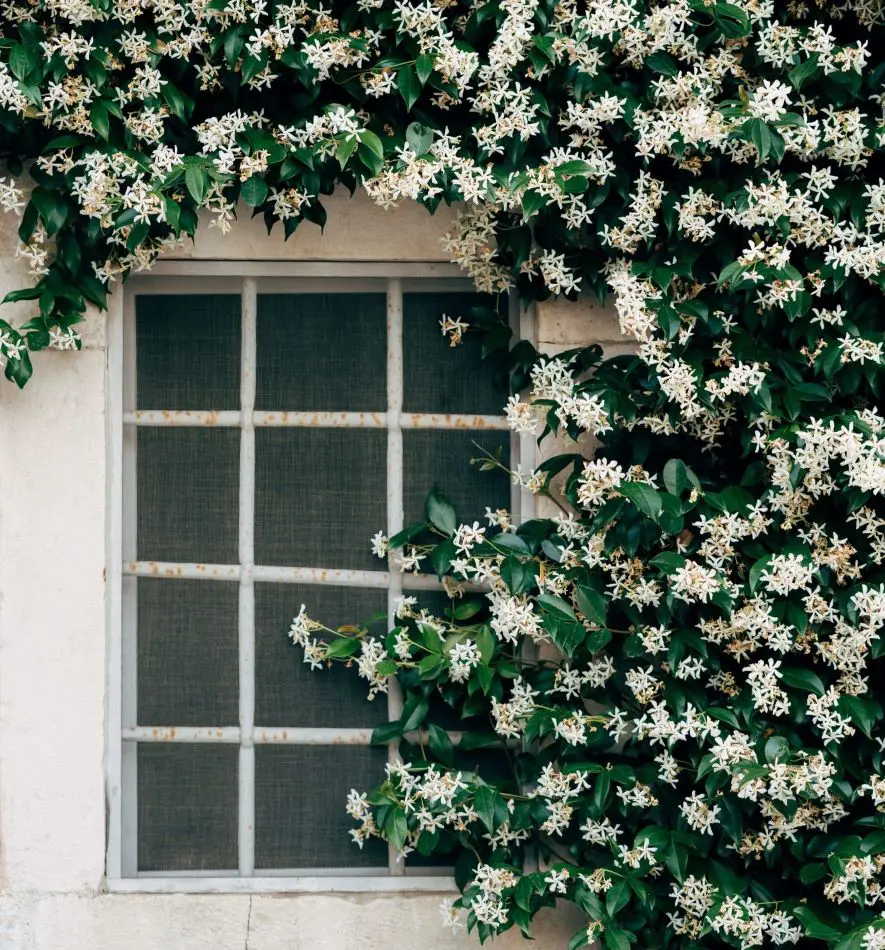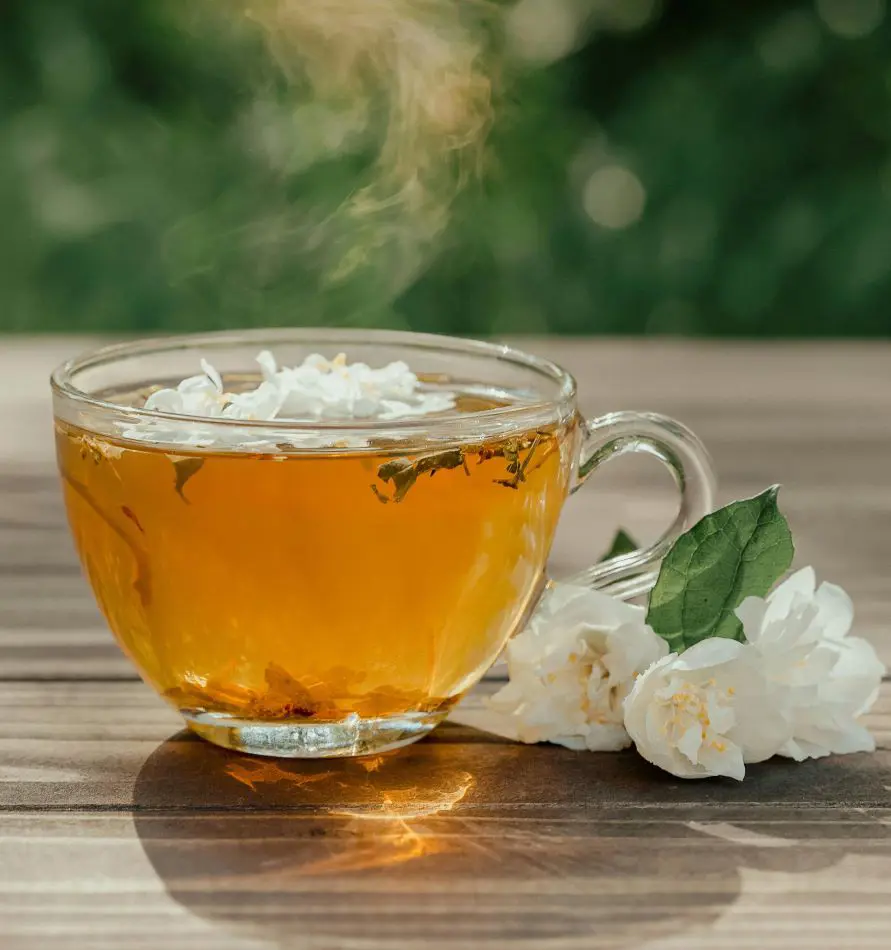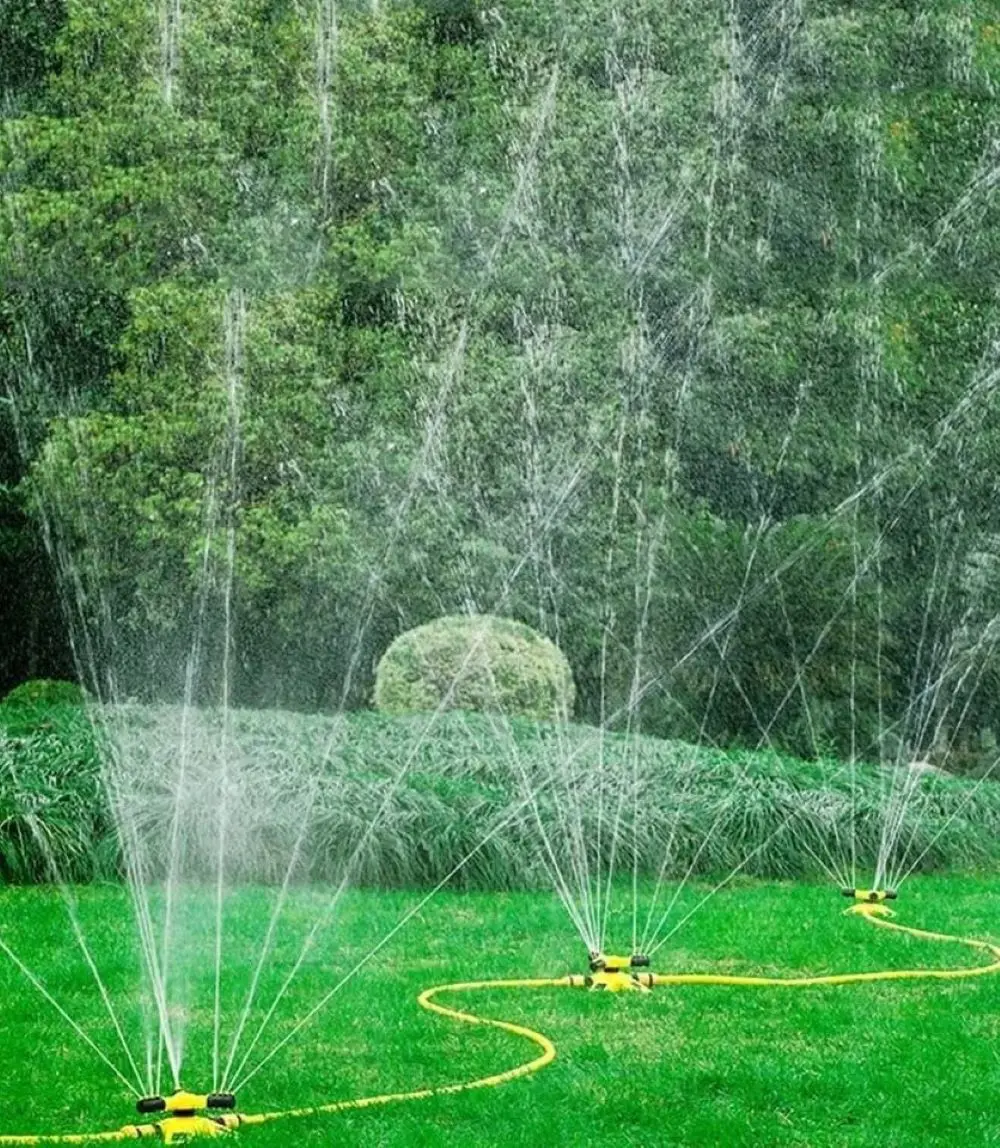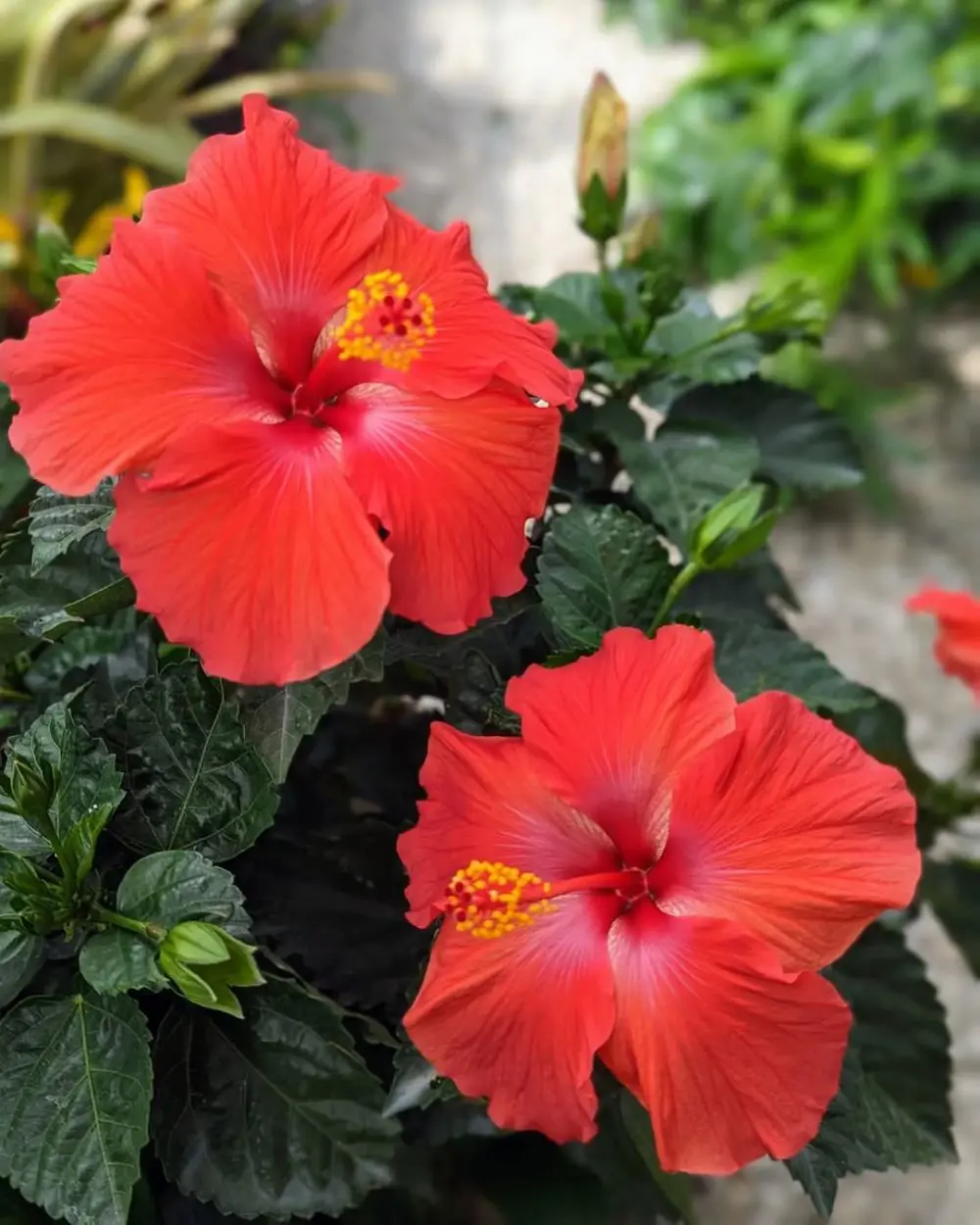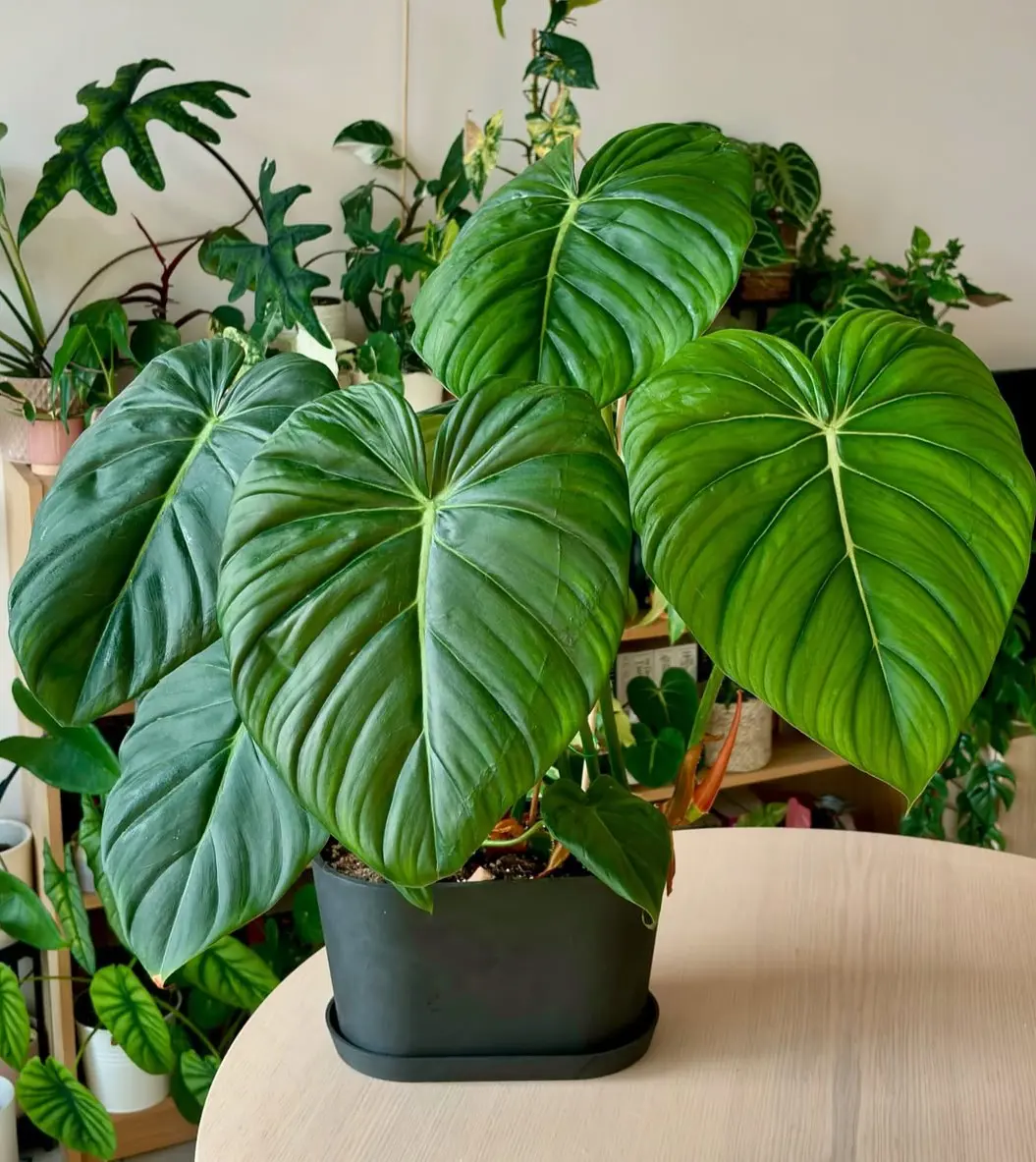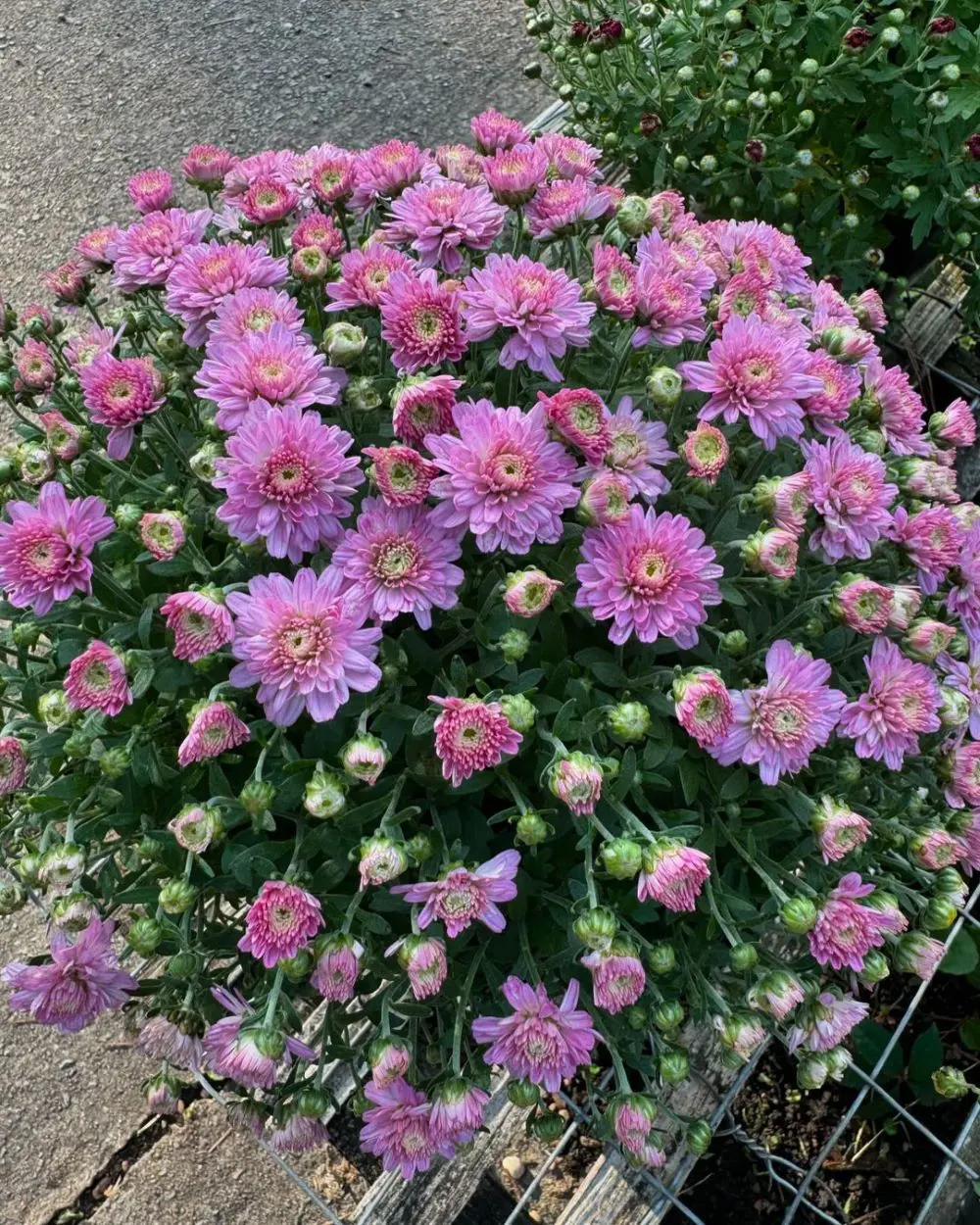Choosing The Right Variety
Before you start growing your jasmine plant, it is crucial to select the right variety. There are several types of jasmine, each with its unique characteristics and growing requirements. Here are some popular varieties:
- Star Jasmine (Trachelospermum Jasminoides): This evergreen climber is known for its white, star-shaped flowers and can grow up to 30 feet tall.
- Night-Blooming Jasmine (Cestrum Nocturnum): This flowering vine produces fragrant, white flowers that bloom at night and can grow up to 10 feet tall.
- Arabian Jasmine (Jasminum Sambac): This evergreen shrub produces fragrant, white flowers and can grow up to 6 feet tall.
- Winter Jasmine (Jasminum Nudiflorum): This variety blooms in winter and has yellow flowers.

